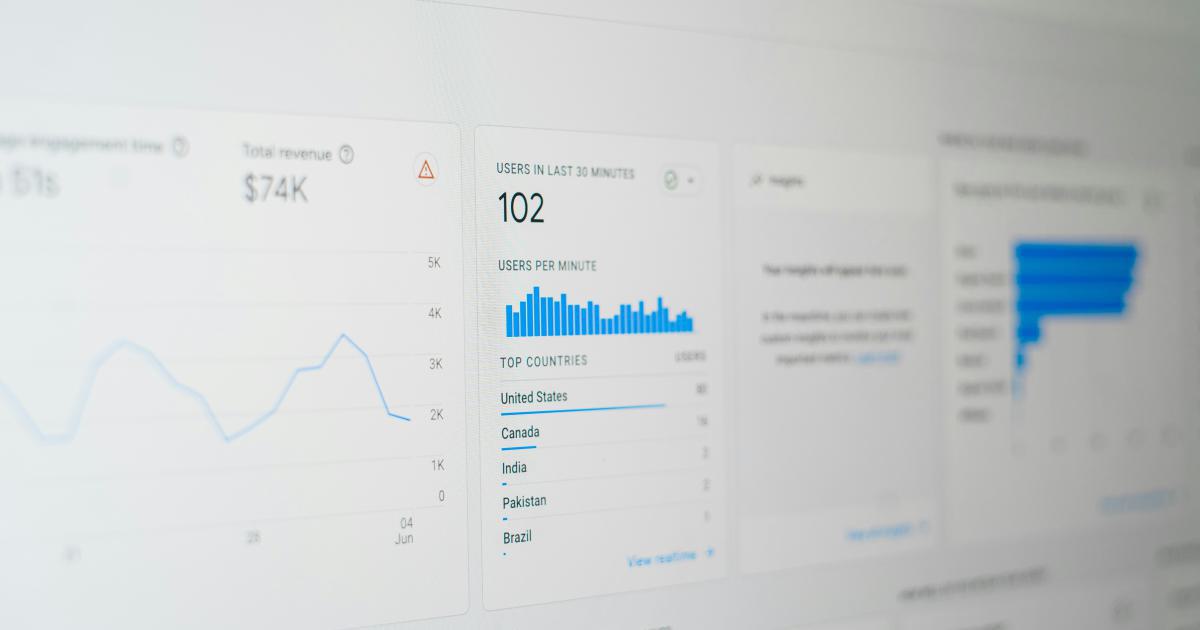Competitor Content Quality Analysis vs. Ranking Factors: Unraveling What Works Best


In the ever-evolving world of digital marketing, understanding the interplay between competitor content quality and search engine ranking factors is crucial for businesses seeking to outperform their rivals. This article delves deep into the nuances of competitor content quality analysis and how it compares to the widely recognized ranking factors that drive search engine optimization (SEO) success.
The Significance of Competitor Content Quality Analysis
In today's highly competitive online landscape, simply creating high-quality content is no longer enough to guarantee top search engine rankings. Businesses must also understand how their content stacks up against their competitors' offerings. Competitor content quality analysis allows marketers to identify the strengths and weaknesses of their rivals' content, providing valuable insights that can inform their own content strategy.
Uncovering Competitive Insights
By examining the content produced by industry competitors, businesses can gain a comprehensive understanding of the topics, formats, and approaches that resonate most with their target audience. This knowledge can then be leveraged to create content that not only matches but also surpasses the quality and effectiveness of their competitors' efforts.

Identifying Content Gaps
Competitor content quality analysis also reveals content gaps, highlighting areas where businesses can differentiate themselves by addressing unmet needs or underserved topics within their industry. This strategic approach enables companies to create unique, value-adding content that sets them apart from the competition and appeals to their audience in a more compelling way.
Benchmarking Content Performance
By comparing their own content's performance against that of their competitors, businesses can establish realistic benchmarks and set achievable goals for their content marketing initiatives. This data-driven approach helps them identify areas for improvement and ensure that their content efforts remain aligned with their overall business objectives.
Ranking Factors: The Foundations of SEO Success
While competitor content quality analysis provides invaluable insights, it's essential to understand the core ranking factors that search engines use to determine the visibility and ranking of web pages. These factors form the foundation of any successful SEO strategy.
The Core Ranking Factors
The most widely recognized ranking factors include:
Content Quality and Relevance: Search engines prioritize content that is informative, engaging, and directly relevant to the user's search query.
Backlink Profile: The quantity, quality, and diversity of inbound links pointing to a website play a significant role in determining its authority and trustworthiness.
Technical Site Health: Factors such as website speed, mobile-friendliness, and proper implementation of on-page SEO elements contribute to a site's overall search engine optimization.
User Experience: Search engines favor websites that provide a seamless and positive user experience, including intuitive navigation, clear information architecture, and responsive design.
Domain Authority: The overall authority and reputation of a website, as measured by various metrics, can influence its search engine rankings.

Understanding the Interplay
While competitor content quality analysis provides valuable insights, it's essential to understand how it intersects with the core ranking factors. Ultimately, the most successful content strategies are those that not only create high-quality, engaging content but also align with the factors that search engines use to determine page rankings.
Leveraging Competitor Content Quality Analysis
Integrating competitor content quality analysis into your overall SEO and content marketing strategy can yield significant benefits. Here's how you can effectively utilize this approach:
Identifying Content Trends and Opportunities
By analyzing the content produced by your competitors, you can identify emerging trends, popular topics, and content formats that resonate with your shared target audience. This knowledge can inform your own content ideation and production, helping you create content that is both timely and likely to engage your audience.

Enhancing Content Quality and Relevance
Competitor content quality analysis can reveal areas where your own content may be falling short in terms of depth, relevance, or overall effectiveness. By understanding the strengths and weaknesses of your competitors' content, you can work to improve the quality and relevance of your own content, ensuring that it better aligns with user search intent and the expectations of your target audience.
Strengthening Backlink Profiles
Examining the backlink profiles of your competitors can provide valuable insights into the types of content and websites that are earning high-quality inbound links. By replicating or improving upon the link-worthy content and strategies employed by your rivals, you can work to enhance your own backlink profile and improve your overall domain authority.

Optimizing User Experience
Competitor content quality analysis can also shed light on the user experience elements that are resonating with your shared audience. By understanding the navigation, layout, and design choices that are effective for your competitors, you can apply those learnings to your own website and content, ensuring that your users are provided with a seamless and satisfying experience.
Informing Content Distribution and Promotion
Analyzing how your competitors are distributing and promoting their content can inform your own content distribution and amplification strategies. This may include identifying the most effective social media channels, influencer partnerships, or content syndication platforms that your competitors are leveraging to reach and engage their audience.

Balancing Competitor Content Quality and Ranking Factors
While competitor content quality analysis provides invaluable insights, it's essential to maintain a balanced approach that also considers the core ranking factors. By aligning your content strategy with both the needs of your target audience and the preferences of search engines, you can maximize the impact and visibility of your content.
Prioritizing User Intent and Relevance
At the heart of any successful content strategy is a deep understanding of your target audience and the search intent behind their queries. By creating content that directly addresses the needs and pain points of your users, you can ensure that your content is not only high-quality but also highly relevant and useful.
Optimizing for Technical SEO
While competitor content quality analysis can inform the creation of engaging and valuable content, it's crucial to also optimize your content and website for technical SEO factors. This includes ensuring fast page load times, mobile-responsiveness, and the proper implementation of on-page SEO elements, such as metadata, header tags, and alt text.

Building a Robust Backlink Profile
Competitor content quality analysis can help you identify opportunities to earn high-quality backlinks, but it's essential to pursue a well-rounded link-building strategy that focuses on creating genuinely link-worthy content and fostering relationships with relevant, authoritative websites.
Enhancing User Experience
By aligning your content and website design with the best practices for user experience, you can not only improve engagement and conversion rates but also positively impact your search engine rankings. This includes elements such as intuitive navigation, clear content structure, and responsive design.
Putting it All Together: A Holistic Approach
To achieve sustainable success in the ever-evolving world of search engine optimization, businesses must adopt a holistic approach that combines the insights gained from competitor content quality analysis with a deep understanding of core ranking factors.

By integrating these two complementary strategies, you can create a comprehensive content and SEO plan that not only outperforms your competitors but also consistently delivers value to your target audience and satisfies the preferences of search engines.
Remember, the key to success lies in striking the right balance between creating high-quality, user-centric content and optimizing your overall digital presence to align with the latest search engine algorithms and best practices. With a strategic, data-driven approach, you can unlock the full potential of your content and drive sustainable growth for your business.